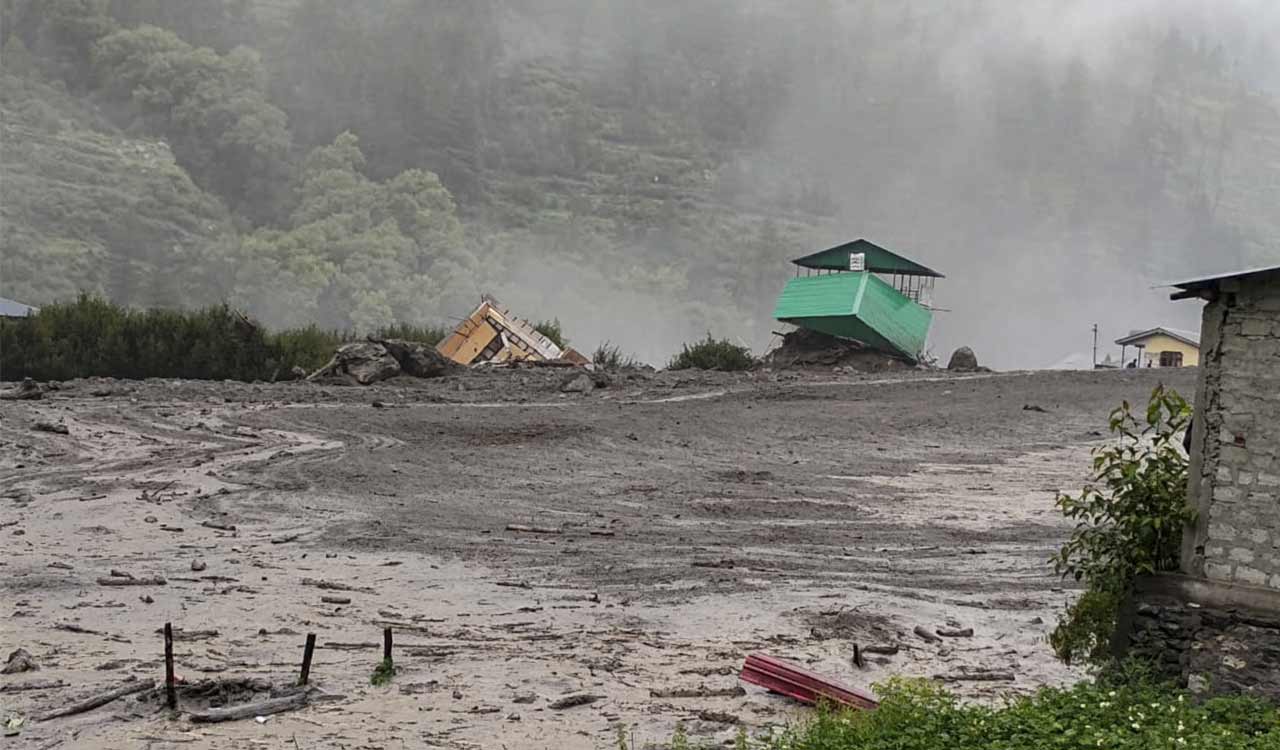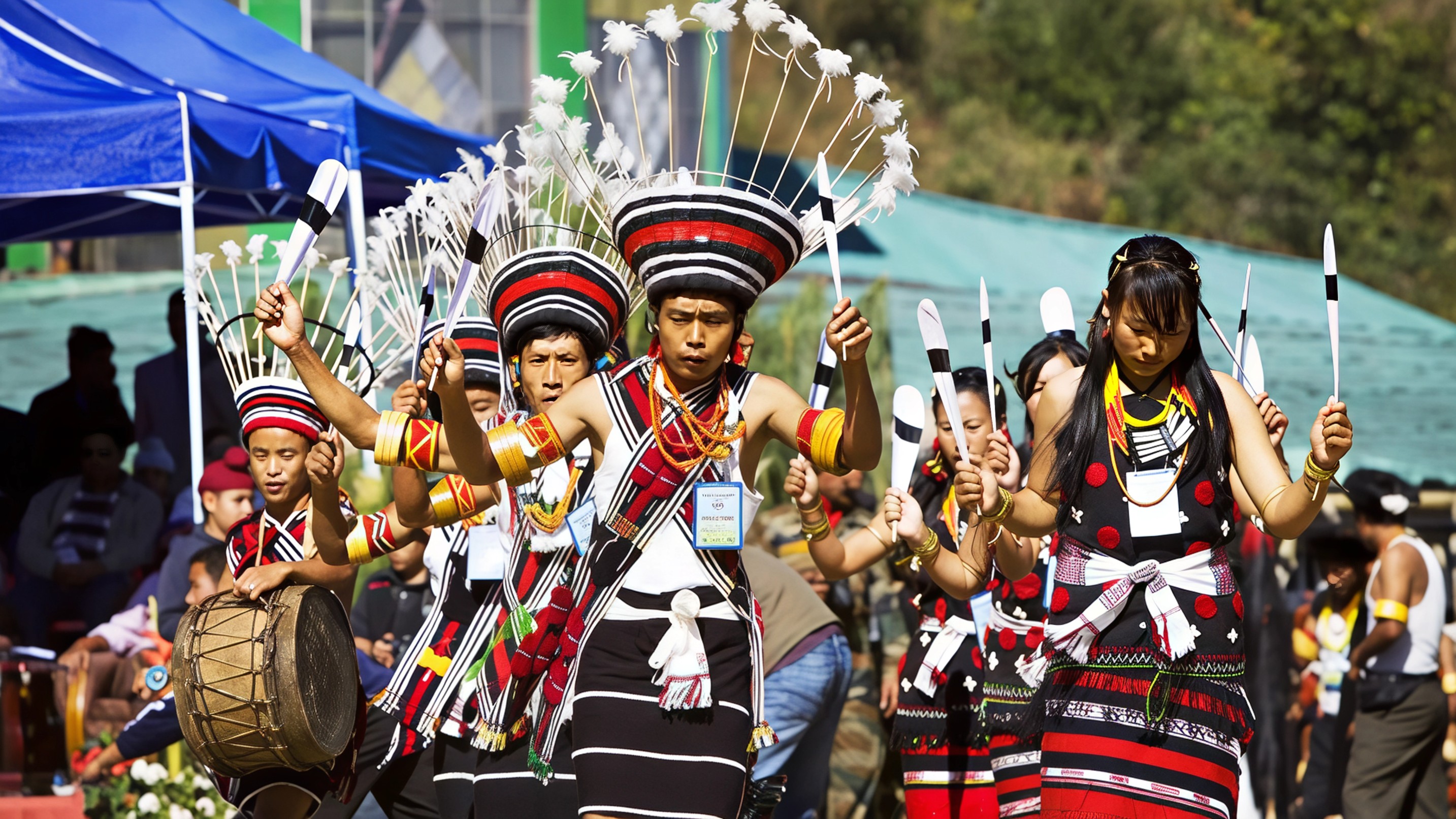A sudden cloudburst struck Jod Ghati village in the Rajbagh area of Kathua district during the intervening night of Saturday and Sunday, leaving four people dead and six others injured. The disaster unfolded swiftly, with torrential rainfall triggering flash floods that damaged agricultural land and washed away road access, making it difficult for rescuers to reach the hamlet.
Authorities confirmed that after hours of struggle, teams from the police and the State Disaster Response Force, along with local volunteers, managed to reach the site. Search and rescue operations were launched immediately. Officials stated that four bodies were recovered while six others were pulled out alive with injuries and shifted to nearby hospitals. The operation continues as teams assess the extent of damage in the area.
The impact of the cloudburst was not limited to Jod Ghati. Heavy rains also triggered landslides in Bagard and Changda villages, as well as in the Dilwan to Hutli stretch of Lakhanpur. Streams across the district, including the Ujh river, were swollen and flowing dangerously close to the red mark, raising fears of flooding in low lying areas. The district administration has urged residents to remain cautious and avoid venturing near water bodies until conditions stabilise.
Kathua’s geography makes it especially vulnerable to such disasters. While Lakhanpur is a busy entry point for travellers into the Union Territory, the region is largely hilly and forested, with many villages in remote areas that are cut off easily during heavy rains. Cloudbursts, which release massive amounts of rainfall in a short span of time, often cause flash floods, mudslides, and landslides in such terrain. Experts point to climate change as a key factor behind the increased frequency and severity of these incidents.
The district administration is closely monitoring the situation and has prepared evacuation plans for villages along the Ujh river. Relief camps may be set up if water levels continue to rise. The Indian Army has also joined rescue operations in Kathua, while officials have urged residents to avoid crossing swollen rivers and streams. Farmers in the district have expressed concern over repeated losses to their crops, which remain highly vulnerable during such extreme weather events.

As Jammu and Kashmir continues to reel from back to back natural disasters, the tragedy in Kathua serves as a reminder of the fragile balance between nature and human settlements in the Himalayan region. Preparedness, swift response, and coordinated relief remain crucial in saving lives and reducing losses.
For more important updates and stories from around the world, follow Travel Moves on Instagram and Facebook.








